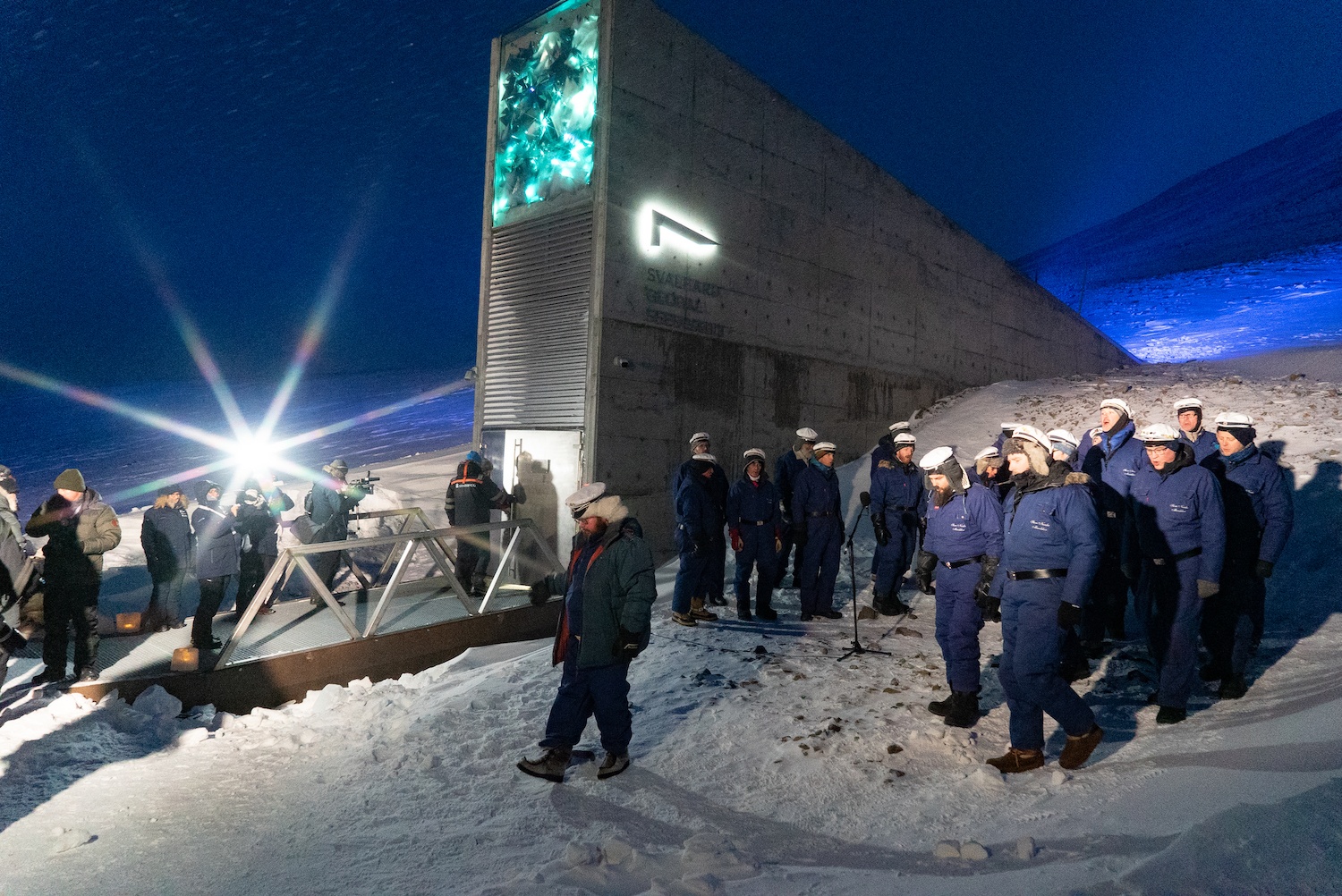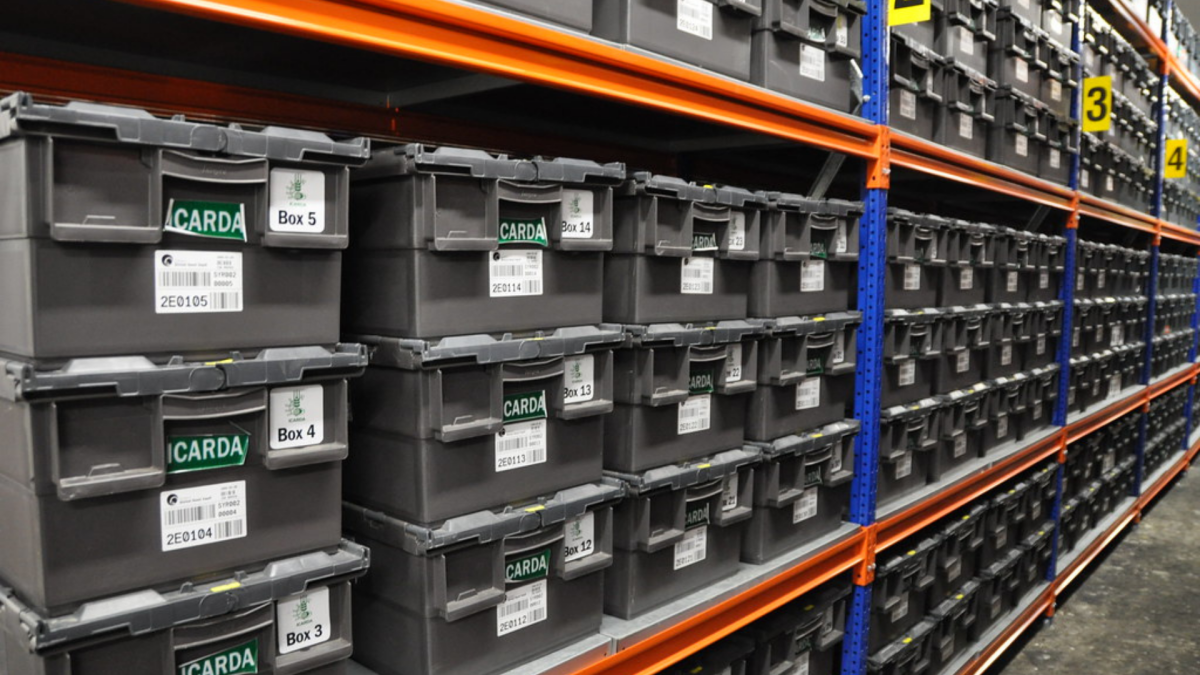Seeds hold the remarkable power to ensure the continuity and resilience of our planet’s rich biodiversity. They are the silent custodians of life, encapsulating the potential for growth, renewal, and adaptation. However, in a world facing rapid environmental changes and escalating threats to plant species, safeguarding these invaluable genetic resources has become a pressing concern.
Enter the seed banks, the modern-day arks that are preserving the world’s botanical heritage. These extraordinary institutions are diligently collecting, storing, and protecting seeds from across the globe, acting as vital reservoirs of hope for a sustainable future.
In this blog post, we embark on a fascinating journey to explore the largest seed banks in the world, where scientific expertise and technological advancements converge to safeguard the plant kingdom’s diversity. Join us as we delve into the remarkable efforts undertaken by these institutions, their critical role in conservation, and the potential they hold for mitigating the challenges posed by climate change, habitat loss, and other ecological disruptions.
From their humble beginnings to their state-of-the-art facilities, we will uncover the stories behind these seed banks and the dedicated individuals who ensure the long-term survival of countless plant species. Along the way, we will discover the cutting-edge techniques employed to preserve seeds for decades, or even centuries, and explore the global collaborations that make these initiatives a truly international endeavor.
As we venture into these hallowed repositories of botanical treasures, we will witness the awe-inspiring diversity of seeds that they harbor, ranging from endangered and rare species to those that could hold the key to breakthroughs in agriculture, medicine, and environmental restoration. The seed banks serve as archives of knowledge, unlocking the secrets of the past while offering hope for a greener and more resilient future.
So, join us on this exploration of the largest seed banks in the world, where the vision to safeguard nature’s legacy meets the dedication to ensure that the seeds of tomorrow will continue to flourish. Together, let us marvel at the intricate tapestry of life preserved within these silent chambers and embrace the profound impact they have on our planet’s ecological harmony.
what are seed banks used for?
Seed banks serve multiple purposes and play a crucial role in preserving plant biodiversity and supporting various fields of research and conservation. Here are some key uses of seed banks:
Conservation of Plant Diversity: Seed banks act as repositories for storing and safeguarding seeds from a wide range of plant species, including endangered, rare, and endemic ones. By collecting and preserving seeds, seed banks contribute to the conservation of genetic diversity, ensuring the survival of plant species facing threats such as habitat destruction, climate change, and disease outbreaks.
Ecological Restoration: Seed banks provide a valuable resource for ecological restoration projects. Seeds collected from diverse plant species are used to reestablish vegetation in degraded ecosystems, including forests, wetlands, and grasslands. These efforts help to enhance biodiversity, restore ecosystem functions, and support the recovery of threatened or endangered plant communities.
Crop Improvement: Seed banks play a vital role in agricultural research and crop improvement. They store a wide array of crop seeds, including traditional and heirloom varieties, wild relatives, and genetically diverse lines. Plant breeders and scientists can access these seeds to develop new crop varieties that are resistant to pests, diseases, and climate stresses, as well as to improve crop productivity, nutritional content, and adaptation to changing environmental conditions.
Scientific Research: Seed banks serve as invaluable resources for scientific studies and research. Researchers can access seeds from different plant species to study their genetics, adaptability, evolutionary history, and ecological relationships. The stored seeds provide a vast library of genetic material for studying plant traits, conducting experiments, and advancing our understanding of plant biology, evolution, and conservation.
Education and Public Outreach: Seed banks often engage in educational programs and public outreach initiatives to raise awareness about the importance of plant conservation and biodiversity. They offer educational tours, workshops, and seminars to promote environmental stewardship and inspire future generations to value and protect the natural world.
In summary, seed banks are used to conserve plant diversity, support ecological restoration, improve crops, facilitate scientific research, and educate the public. By preserving seeds, these banks contribute to the long-term sustainability of ecosystems, agriculture, and our collective knowledge about the natural world.
Largest Seed Banks in the World
1. Svalbard Global Seed Vault (Norway):
The Svalbard Global Seed Vault, located in the Arctic archipelago of Svalbard, Norway, is often referred to as the “Doomsday Vault.” It serves as a backup facility for seed samples from gene banks worldwide. Its purpose is to ensure the preservation of crop diversity in the event of natural or human-made disasters. The vault holds over a million seed samples, representing a wide range of agricultural and horticultural crops from all over the world.
2. Monsanto (US):
Monsanto, now owned by Bayer, is a multinational agrochemical and agricultural biotechnology corporation. While it is primarily known for its genetically modified seeds and agricultural chemicals, Monsanto also operates seed banks and genetic resource centers. These facilities focus on preserving and developing crop varieties that are resistant to pests, diseases, and environmental stresses, with the aim of improving global food security.
3. Corteva Agriscience (DowDupont) (US):
Corteva Agriscience is a leading agricultural science company formed by the merger of Dow Chemical and DuPont. It operates seed banks and breeding programs to develop improved crop varieties. Their research focuses on enhancing the productivity, resilience, and sustainability of agricultural systems, with an emphasis on traits such as yield potential, disease resistance, and stress tolerance.
4. Syngenta (ChemChina) (China):
Syngenta is a global agriculture company that specializes in seeds, crop protection products, and agronomic solutions. Following its acquisition by ChemChina, Syngenta’s seed banks and research facilities aim to develop innovative seed technologies and crop traits. They focus on improving agricultural productivity, sustainability, and resilience, with an emphasis on traits such as drought tolerance, nutrient efficiency, and yield optimization.
5. Limagrain (France):
Limagrain is a cooperative agricultural group dedicated to plant breeding, seed production, and cereal processing. It operates seed banks and research centers focused on developing new crop varieties with improved agronomic traits. Limagrain’s activities span multiple agricultural sectors, including field crops, vegetable seeds, and garden flowers. They aim to provide farmers with high-performance seeds that contribute to sustainable and productive agriculture.
6. Bayer (Germany):
Bayer, a global life sciences company, is involved in various sectors, including pharmaceuticals, consumer health, and agriculture. Bayer’s seed banks and research programs focus on crop improvement, with an emphasis on traits such as disease resistance, herbicide tolerance, and yield optimization. They aim to develop innovative seed technologies to address the challenges faced by farmers, such as climate change, pest pressures, and weed management.
7. KWS (Germany):
KWS is a German-based seed company specializing in plant breeding and seed production. With a focus on cereals, sugar beets, and corn, KWS operates seed banks and research centers to develop high-yielding crop varieties. Their breeding programs aim to enhance traits such as disease resistance, nutrient efficiency, and adaptation to different environmental conditions, contributing to sustainable and profitable agriculture.
8. Sakata Seed (Japan):
Sakata Seed is a Japanese company renowned for its expertise in vegetable and ornamental plant breeding. It operates seed banks and research facilities to develop new varieties with improved traits, such as taste, appearance, disease resistance, and adaptability to various climates. Sakata Seed’s focus on quality, innovation, and sustainability has established them as a global leader in the seed industry.
9. DLF (Denmark):
DLF is a Danish company specializing in grass and forage seed production. Their seed banks and research centers focus on developing improved grass varieties for agricultural and amenity purposes. DLF’s breeding programs aim to enhance traits such as yield, drought tolerance, disease resistance, and nutritional value. Their products contribute to sustainable livestock production, landscape management, and sports turf applications.
10. Rijk Zwaan (Netherlands):
Rijk Zwaan is a Dutch company engaged in vegetable breeding and seed production. Their seed banks and research facilities focus on developing new vegetable varieties with improved traits such as taste, nutritional value, shelf life, disease resistance, and productivity. Rijk Zwaan’s innovative approach to breeding and collaboration with farmers and other stakeholders contribute to the advancement of sustainable vegetable production worldwide.
